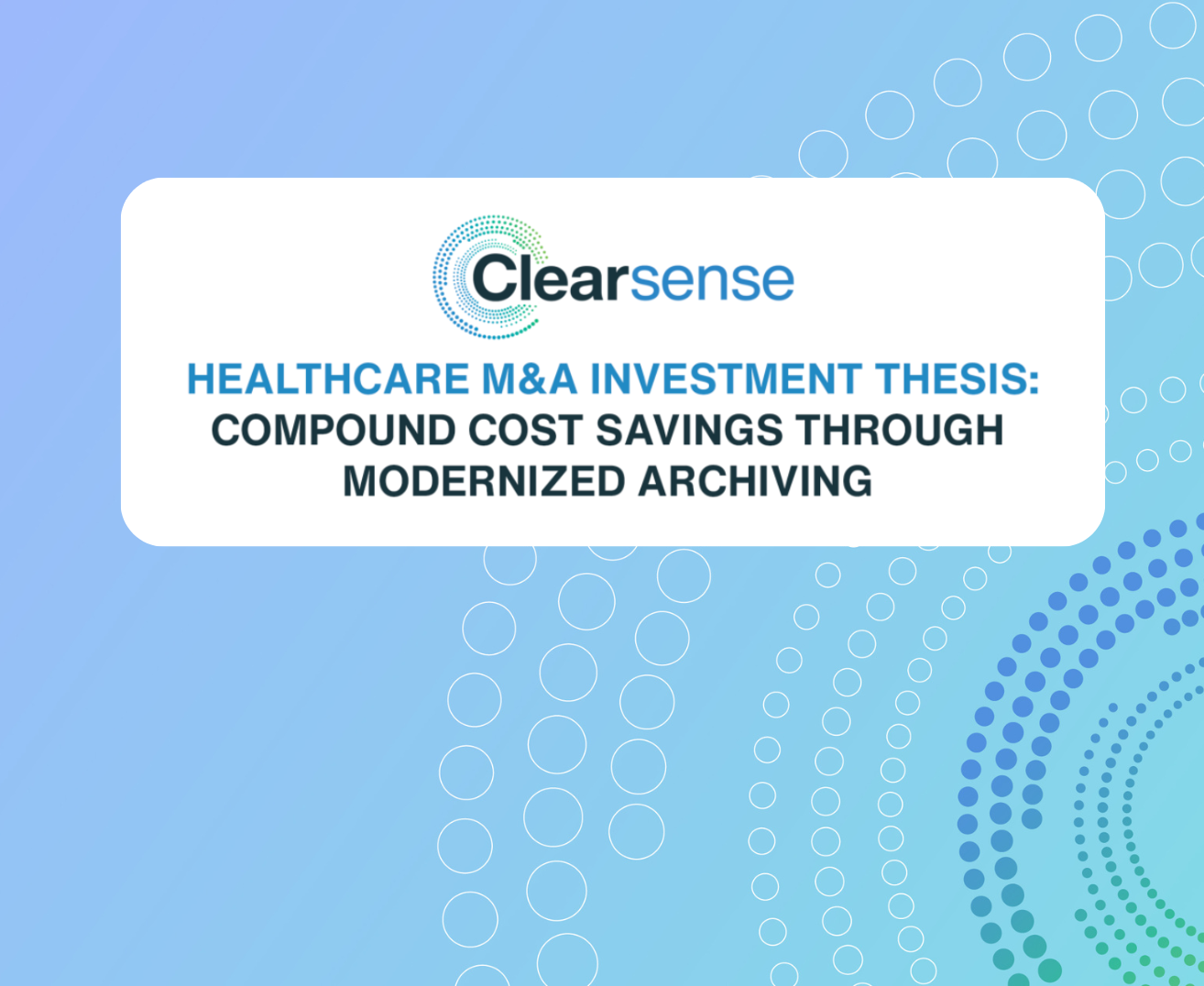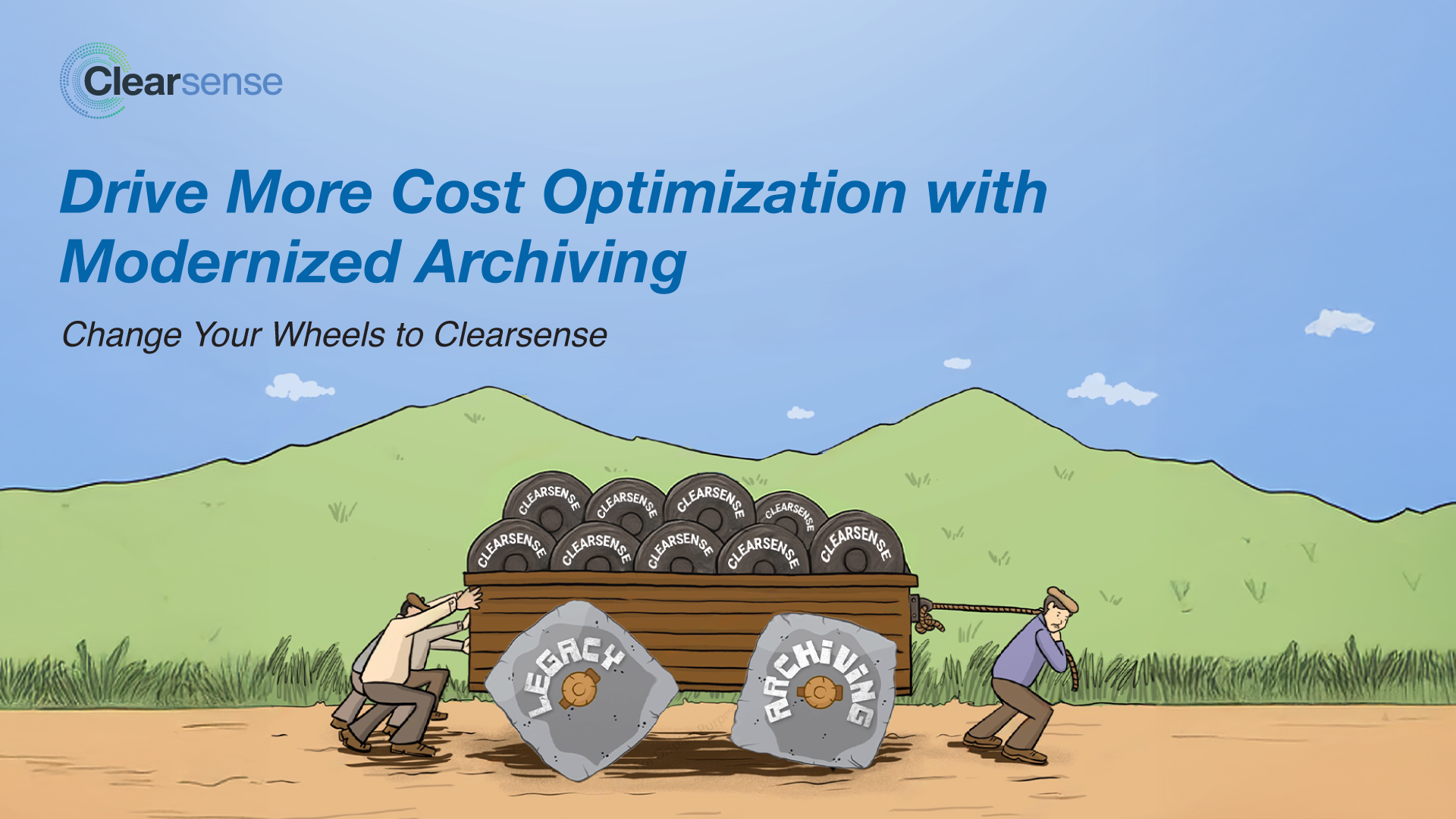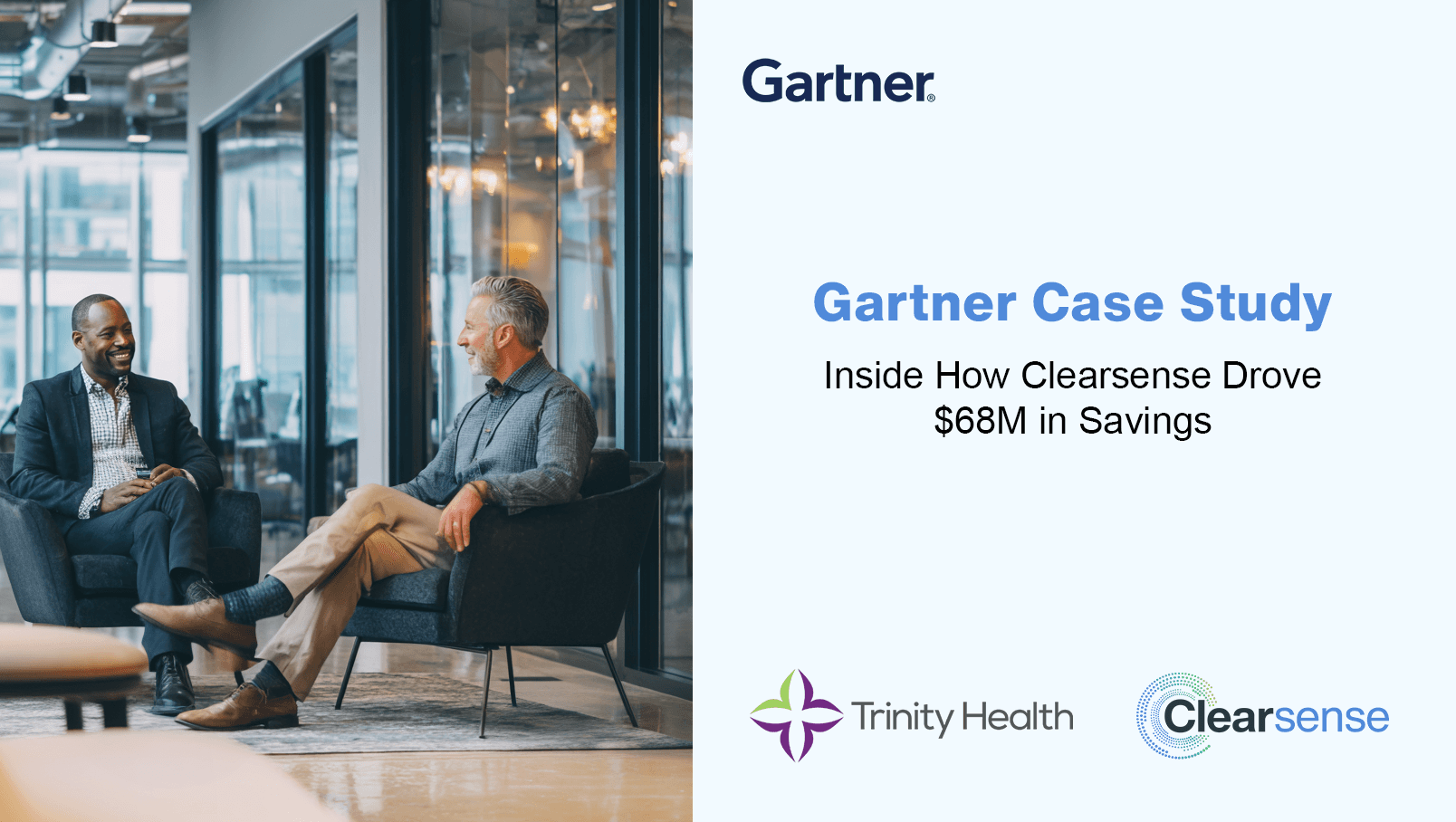
Intelligence
Trillion-dollar healthcare gut punch—Modernized app decommissioning is a cost reduction goldmine
November 18, 2025
Trillion-dollar healthcare gut punch—Modernized app decommissioning is a cost reduction goldmine
The OBBBA and hidden tech debt are silently draining millions from your budget, while exposing your organization to risk. In this Gartner case study and M&A eBook, you’ll see how leading health systems have eliminated tech debt to reduce tens of millions in annual OpEx spend, retired hundreds of zombie apps, and accelerated decommissioning.
What used to take years now takes months—modernized archiving compresses more value in less time. This Gartner case study and eBook reveal how leading health systems are:
- Modernizing decommissioning to deliver faster, compounded cost takeout vs. slow legacy archiving
- Expecting more from archiving to increase OpEx savings
- Saving jobs by reducing their technical debt
- Strengthening their security posture
Ready to shrink timelines from years to months? Get the Gartner case study and eBook now.

